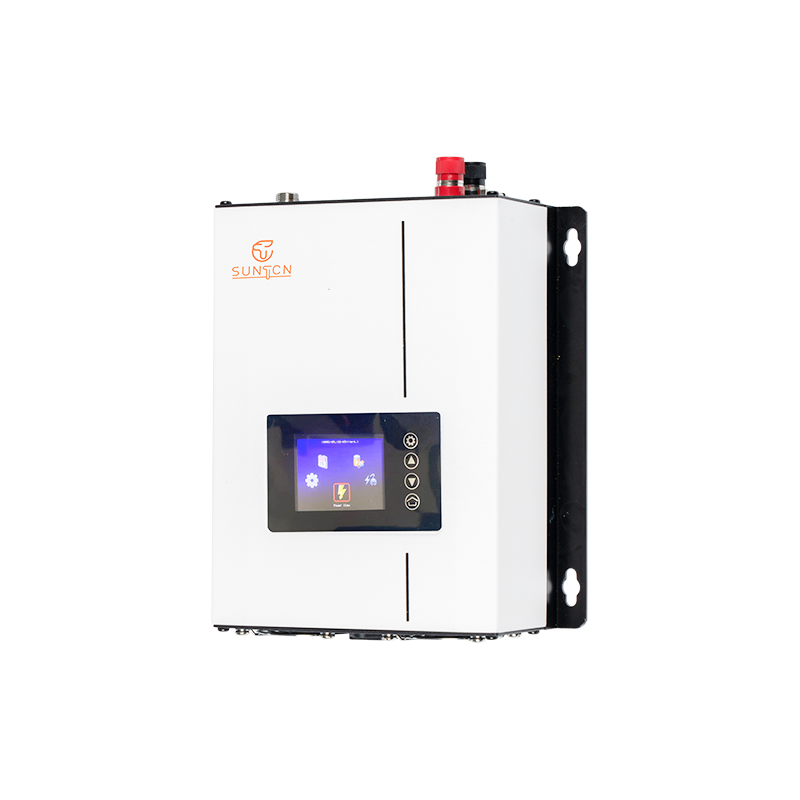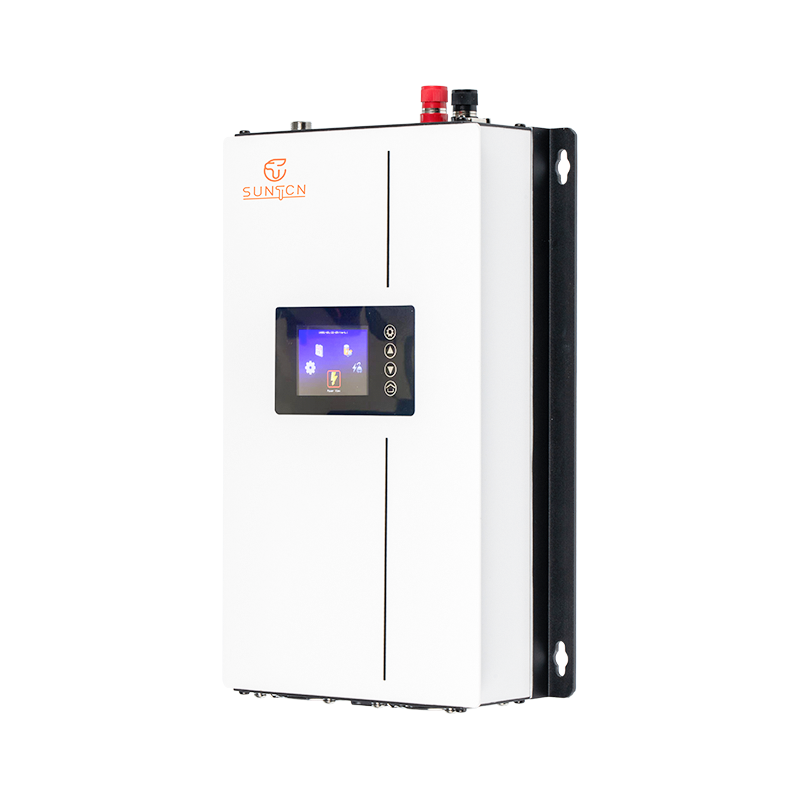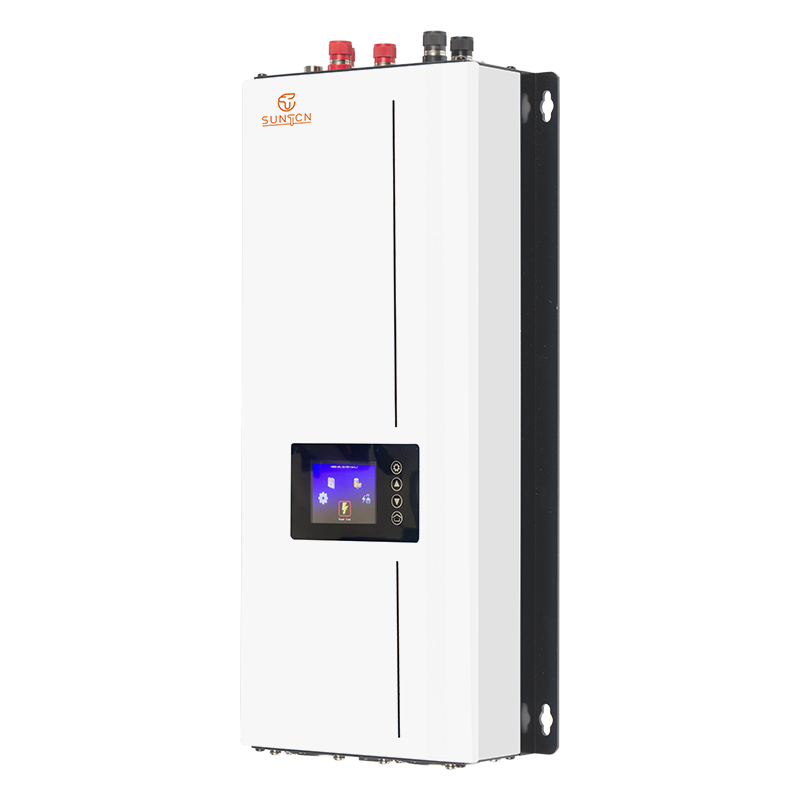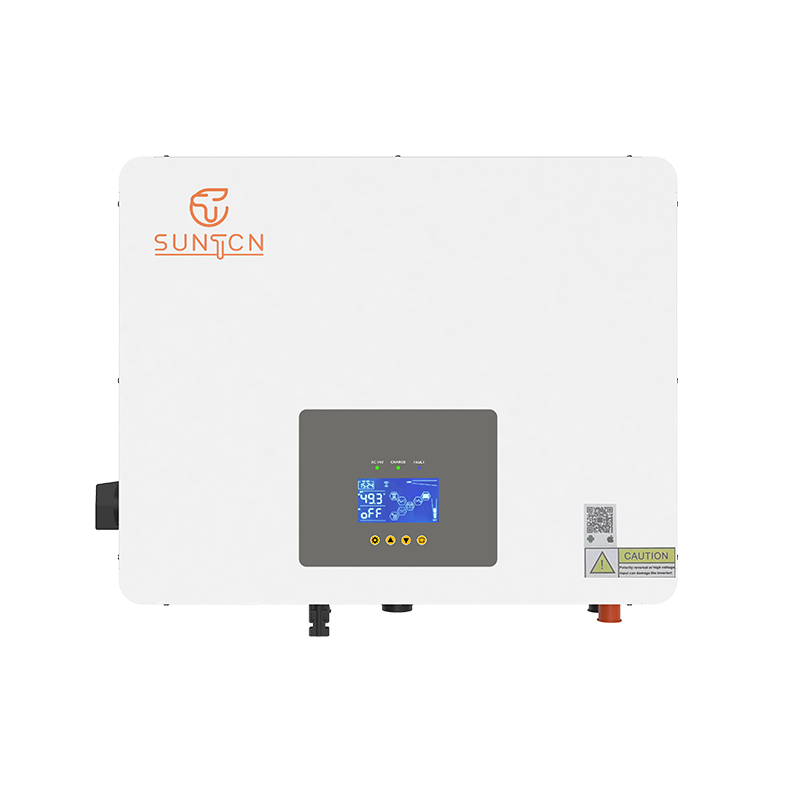Ensuring the long-term performance of a wind turbine grid tie inverter requires regular maintenance and monitoring. Here are the key maintenance requirements:
Inspect the inverter and its surroundings for any visible signs of wear, damage, or debris.Check for any loose connections or signs of corrosion on electrical terminals and connectors.Examine internal components if accessible and safe to do so, looking for signs of overheating, burnt marks, or unusual wear.
Clean the exterior of the inverter to prevent dust buildup which can impact cooling efficiency.Ensure that ventilation openings are free of obstructions to maintain proper airflow.If trained and equipped, carefully clean the interior components to remove dust and debris. This may require professional servicing to avoid damaging sensitive parts.
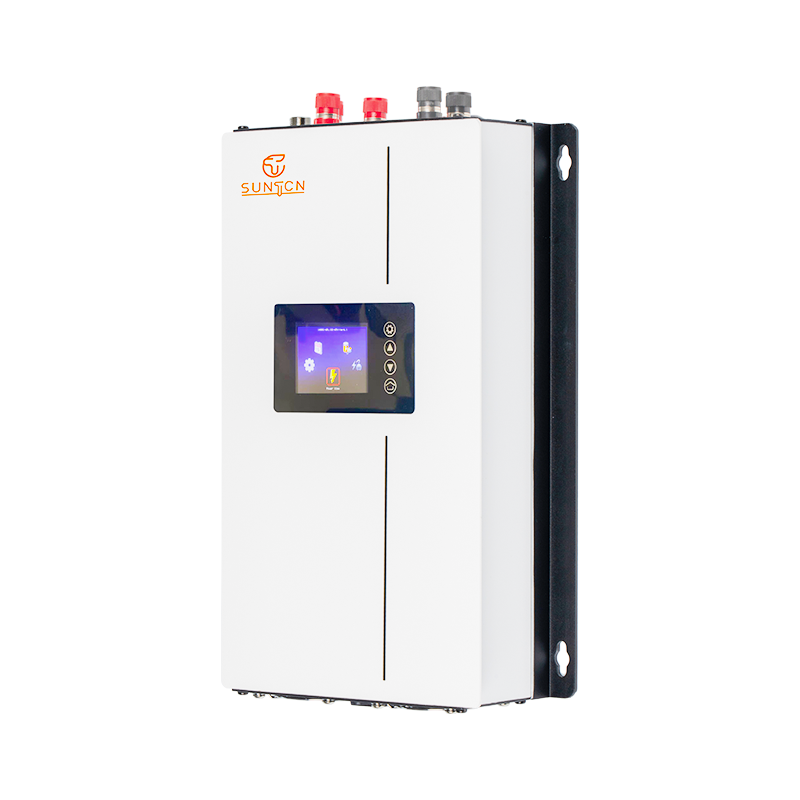
Check and clean cooling fans and heat sinks regularly to ensure they are functioning efficiently.Replace any faulty fans to prevent overheating.If the inverter has air filters, clean or replace them according to the manufacturer’s recommendations.
Periodically check all electrical connections to ensure they are tight and secure.Look for any signs of wear, fraying, or damage to cables and wires.Perform insulation resistance testing to ensure that there are no leaks or shorts in the system.
Check for and install firmware and software updates provided by the inverter manufacturer to improve performance and fix any bugs or vulnerabilities.Verify that the inverter’s settings are correctly configured for optimal performance and in accordance with grid regulations.Use monitoring systems to continuously track the performance of the inverter. This can help identify issues early and ensure that the system is operating efficiently.
Regularly review error logs and performance data for any anomalies or repeated faults that may indicate underlying issues.Arrange for professional servicing at regular intervals as recommended by the manufacturer. Professional technicians can perform detailed inspections, diagnostics, and maintenance tasks that may not be possible for the average user.Ensure that the inverter is covered by warranty and consider service contracts for extended support and maintenance.
Ensure that the inverter is protected from extreme weather conditions, such as heavy rain, snow, or direct sunlight, which can affect its performance and longevity.Maintain the ambient temperature within the inverter’s operational limits to prevent overheating or freezing issues.
Ensure that the inverter is not consistently operating at or near its maximum capacity. Overloading can lead to excessive wear and reduce its lifespan.Distribute loads evenly to prevent any single part of the inverter from being overburdened.
By adhering to these maintenance practices, you can ensure the long-term performance and reliability of your wind-turbine grid tie inverter. Regular inspections, cleaning, monitoring, and professional servicing are critical components of an effective maintenance strategy. Proper care and timely attention to potential issues will help maximize the inverter’s efficiency, prolong its lifespan, and ensure consistent energy production from your wind turbine system.

 English
English Español
Español Deutsch
Deutsch